MAP CONTROLS: Use slider or mousewheel to zoom, and hold down left mouse button
to drag.
KEY: Location markers are coloured from Green meaning exact to Red meaning
gone or unknown (details here)
|
Unique ID:
|
2315
|
|
Added to Database:
|
2 June 2012
|
|
Last Edited:
|
5 June 2012
|
|
Type (ID):
|
Conqueror (3970)
|
|
Model (ID):
|
Mark 2 (3974)
|
|
Location Category (ID):
|
Isle of Wight Military History Museum (3100)
|
|
Location (ID):
|
External Storage Area (3104)
|
|
Serial Number: |
|
|
Registration: |
|
|
Name: |
|
|
Other Identification: |
“10 ESC” cast into front left hatch. “IAN” daubed on centre of glacis. Sides are painted white (a common practice for range targets).
|
|
Collection Reference: |
|
|
Links: |
|
|
References: |
|
|
Associated Tanks: |
|
Location History:
(see map) |
1: Royal Ordnance Factory Dalmuir, Clydebank, Dunbartonshire, Scotland, Britain (Probable sole manufacturer)
2: Otterburn Training Area (OTA), Northumberland National Park, Northumberland, North East England, Britain (Dates unknown)
3: Isle of Wight Military History Museum, Cowes, Isle of Wight, South East England, Britain (Current location)
|
Text in original Preserved British Tanks publication:
[No entry]
Text in Preserved British Tanks Update:
[No entry]
Text in original Preserved Tanks In Britain publication:
This Mark II was on the ranges of Otterburn training area before being recovered to be restored (source: R. Griffin/Conqueror). It is in a poor and rusty condition and is missing its track guards and many other external parts. It also shows signs of explosive ‘splash’ on the glacis, presumably from its time on ranges.
|
August 2009
|
| | | | 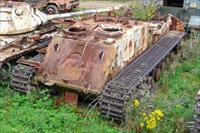 | | | | |
1: Upper front left view
Taken: 5 August 2009
Contributor: T. Larkum
Photo ID: 7787
Added: 4 June 2012
Filename: P1040804...
Views: 203
Select/Has Priority: 21/0
|
|
|
|
| | | | 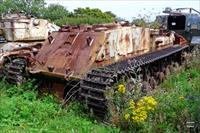 | | | | |
2: Front left view
Taken: 5 August 2009
Contributor: T. Larkum
Photo ID: 7788
Added: 4 June 2012
Filename: P1040467...
Views: 267
Select/Has Priority: 21/0
|
|
|
|
| | | | 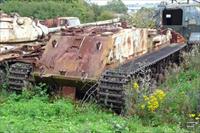 | | | | |
3: Front left view
Taken: 5 August 2009
Contributor: T. Larkum
Photo ID: 7789
Added: 4 June 2012
Filename: P1040661...
Views: 141
Select/Has Priority: 21/0
|
|
|
|
| | | | 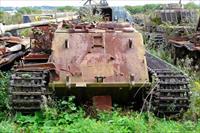 | | | | |
4: Front view
Taken: 5 August 2009
Contributor: T. Larkum
Photo ID: 7790
Added: 4 June 2012
Filename: P1040468...
Views: 199
Select/Has Priority: 21/0
|
|
|
|
| | | | 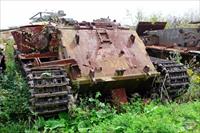 | | | | |
5: Front right view
Taken: 5 August 2009
Contributor: T. Larkum
Photo ID: 7791
Added: 4 June 2012
Filename: P1040469...
Views: 189
Select/Has Priority: 21/0
|
|
|
|
| | | | 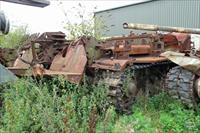 | | | | |
6: Rear right view
Taken: 5 August 2009
Contributor: T. Larkum
Photo ID: 7792
Added: 4 June 2012
Filename: P1040475...
Views: 182
Select/Has Priority: 21/0
|
|
|
July 2008
|
| | | | 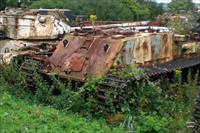 | | | | |
7: Front left view, photo by I. Vevers
Taken: 17 July 2008
Contributor: Wikimedia
Photo ID: 7840
Added: 5 June 2012
Filename: Dig_Conq...
Views: 254
Select/Has Priority: 21/0
|
| | | | | |
|
|